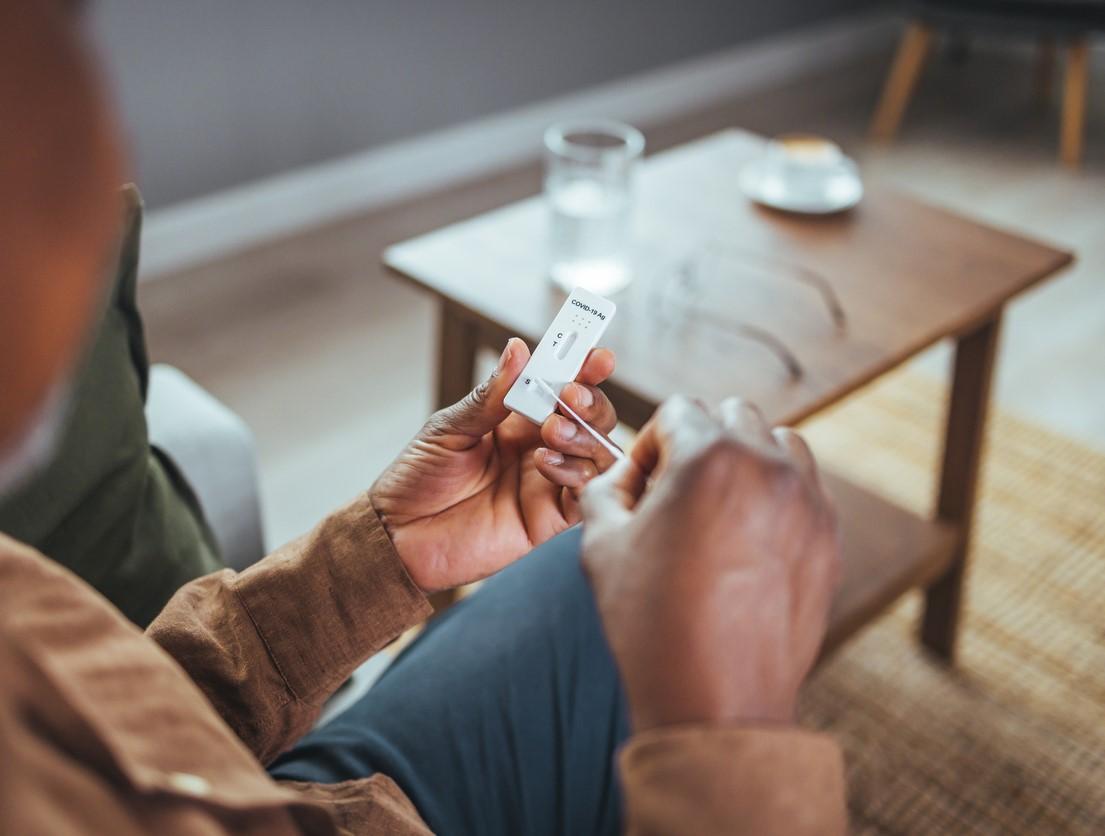Though COVID has held at very low levels late spring and into summer, some early indicators show signs of rising activity, according to the latest data from the Centers for Disease Control and Prevention (CDC).
In other developments, the CDC and the Department of Health and Human Services (HHS) fleshed out more details about when the updated COVID-19 vaccine will roll out and how federal health officials will ensure that uninsured and underinsured people can receive their doses.
Upticks in 3 early indicators
The two main metrics that the CDC uses to track COVID-19 activity—hospital admission rates and percentage of deaths from the virus—both declined over the past week. Hospitalizations for COVID dropped 0.8%, and deaths from COVID were down 20% compared to the previous week.
When looking at hospitalizations by region, a few counties in central Montana reported high admission levels, as did a few in southern Texas. A few states, including Texas, Kansas, and North Dakota, have a small number of counties at medium admission levels for COVID.
Two measures that the CDC tracks as early indictors, however hint at rising activity.
Emergency department visits for COVID at the national level were up 10.7% compared to the previous week, with Alaska, Florida, and Hawaii reporting percentages that were higher than other states. Also, test positivity at the national level was up slightly, by 0.7%, rising to 5.5% compared to the previous week. Positivity was 7% or higher in Arizona, Arkansas, Idaho, Louisiana, Oklahoma, Oregon, Texas, and Washington.
Epidemiologists are also closely watching wastewater COVID levels as an early indicator. On her Substack "Force of Infection" blog yesterday, Caitlin Rivers, PhD, with the Center for Health Security at the Johns Hopkins Bloomberg School of Public Health, said the Biobot COVID-19 wastewater platform shows an increase in the Southern, Northeastern and Western regions. She said mid-summer often marks the beginning of a new COVID-19 wave, which often starts in the South.
Because this is pretty much exactly what I was expecting in terms of summer epidemiology, I think it's likely a real signal.
Though two other wastewater data tracking sites don't show as much as an increase as Biobot, "Still, because this is pretty much exactly what I was expecting in terms of summer epidemiology, I think it's likely a real signal," Rivers wrote, adding that viral concentrations are still at very low levels.
Vaccine plans from CDC, HHS
In other COVID developments, HHS, in a letter to COVID vaccine manufacturers yesterday, outlined its expectations for the rollout of updated COVID vaccines as the market transitions to the traditional method of distribution and payment.
HHS said it hopes vaccine makers can plan their vaccine supply and regulatory submissions to the Food and Drug Administration (FDA) so that the CDC can make a recommendation by the end of September.
Pfizer and BioNTech on June 23 announced that they have submitted their applications to the FDA for their monovalent (single-strain) Omicron XBB.1.5 vaccine, noting that they have manufactured them and are ready to ship them pending regulatory review and approval. Moderna made a similar announcement on June 22 and noted that it is prepared to deliver the updated COVID vaccines in time for the fall vaccination season.
In response to the HHS letter, Novavax said yesterday that it is making its protein-based monovalent Omicron XBB.1.5 vaccine to scale with the goal of meeting the September timeline and pending FDA approval and a CDC recommendation.
Also yesterday the CDC spelled out more details about its plan to ensure that uninsured and underinsured people have access to COVID vaccine, as the vaccine program transitions from federal to private-market hands in early August.
"Protecting people from COVID-19 remains a top priority for CDC," said CDC Director Mandy Cohen, MD, MPH. "CDC is partnering with state and local public health agencies, health centers, and pharmacies to ensure that all adults nationwide maintain access to lifesaving COVID-19 vaccines.
"Ultimately, we know that vaccines save money and lives. Vaccination is especially important as we head into fall and winter, a time when COVID-19 and other respiratory diseases are likely to circulate."
Vaccination is especially important as we head into fall and winter.
As part of the temporary Bridge Access for COVID-19 vaccines, the CDC said it is working with pharmacy chains to enable uninsured adults to be vaccinated at participating retail pharmacies and with vaccine companies to ensure there is enough vaccine for the program.




















